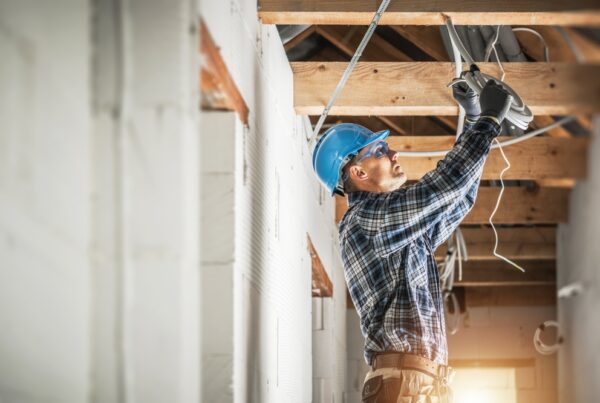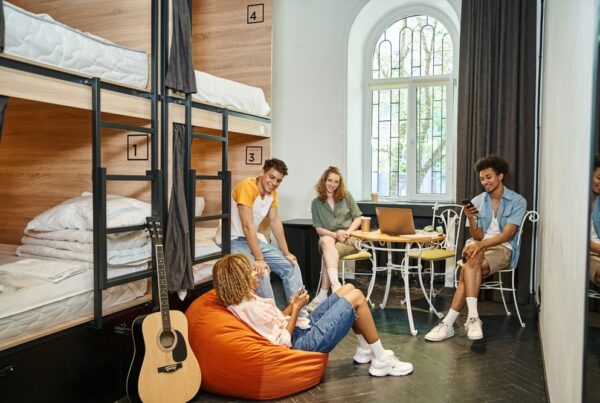Windows are a building’s eyes on the world. They create a connection with what is beyond the boundary of the home or workplace, enlarging the sense of space and creating an interplay between what is indoors and out. And even where there is no desirable view, at the bare minimum windows let natural daylight into the space, with its host of aesthetic, psychological, and physiological benefits.
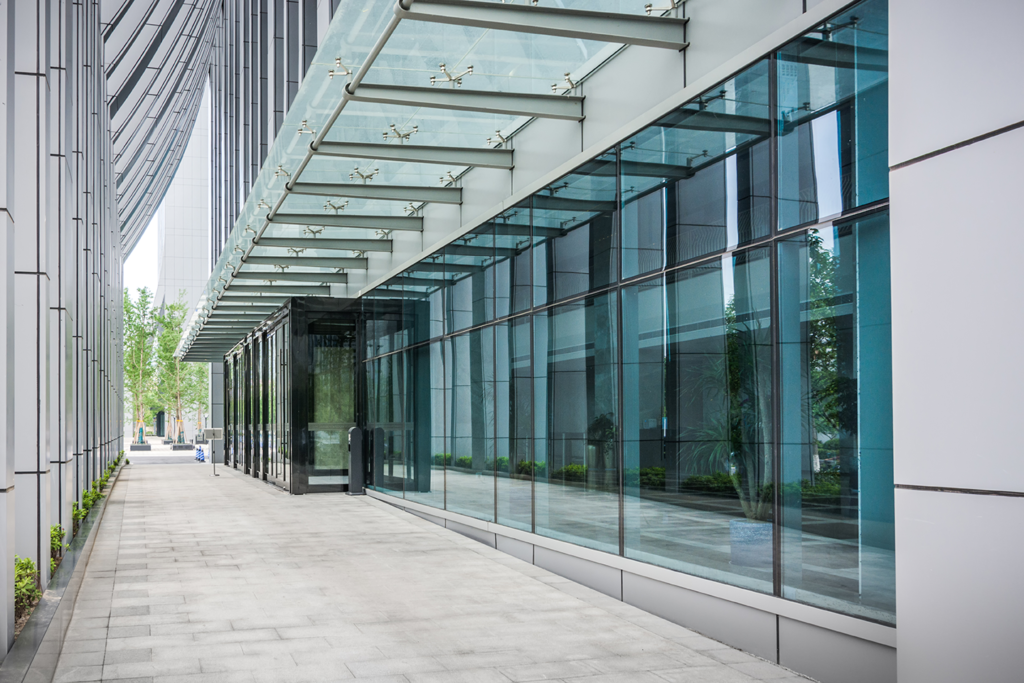
The physical characteristics of windows have in the past been a limiting factor in how they could be deployed in a building’s envelope. Even efficient glazing assemblies have traditionally not matched a brick wall in thermal performance, for example. Expansive vistas, though desirable, required multiple units, leading to pesky lines in the field of vision and weaker thermal performance at the joints.
Facility managers considering extensive building renovations or new construction projects should be aware that the window and glazing industry has been hard at work evolving their technologies to provide the market with bigger and smarter window assemblies that have more robust thermal performance than ever before.
Here are six window technology innovations to keep in mind:
Electrochromic windows get even more space age
Windows that can tint to provide solar control while preserving the view by running an electric current through crystals on the glass is not a new technology, but electrochromic windows are still cutting edge for the average facility. And now there are even more edgy advancements in this category of windows.
Today, Amazon Echo’s voice interface can be used for window tinting control. Already there are companies providing individual user control over the dynamic glass through manual controls, but voice command brings an even greater sense of control to the user. With simple commands configured by the local integrator when the windows are first installed, users can ask their virtual assistant to tint the windows as desired.
This level of personal control can be highly desirable, and is likely to be utilised extensively in healthcare, in patient rooms. The use of voice could help patients feel more in control in a situation where they often have little power and access to daylight has been shown to be beneficial to healing, so putting the dynamism of the glass into the patient’s control is a powerful thing.
Bigger is better
The size of individual panes of glass has been increasing over the years – as larger panes allow for a larger unobstructed view.
The demand is pushing the limit for what people want glass to do. The most common use for lites of glass this size would be in lobbies and other statement spaces around the ground floor with lower wind loads, but it is still uncommon to see projects that fully max out the size possibilities.
The size by itself is impressive, but equally notable is that demand for panes of this size has grown to the point that manufacturers are now making jumbo glass available domestically on a non-custom basis. Previously such glass would have been a specialty product imported from overseas (where panes of 30 feet are possible), adding cost and complexity to projects. There is no practical upper limit to the size of individual panes of glass from a manufacturing standpoint (if the necessary equipment is available, of course) but the larger a window unit becomes the more cumbersome and specialised it becomes to install.
A larger pane of glass could also help improve thermal performance at the envelope. A lot of time the weak point in a glazed curtain wall is where the frames are, along the edge of the glass, whereas the centre of glass achieves a better U value by using a larger lite of glass, one has less frame, so less weak points.
Looks like a window, works like a wall
One challenge with upgrading windows has been the perception of poor ROI. Even in older buildings with single pane monolithic glass, facility managers have first looked to LEDs and other low-hanging fruit for energy efficiency gains. They have stayed away from the envelope because to go from single-pane monolithic glass to double-pane insulated glass and replace the windows, there wasn’t a very good ROI story there.
Vacuum insulating glass (VIG) units solve this problem. They achieve the same R-value as brick wall assembly. Two fully tempered glass panes are held apart by nearly microscopic pillars, and because there is no gas between the panes, there is no medium to transfer heat. With VIG technology one can go from an R1 insulating value (of a single pane of glass) all the way to an R12 or an R14. You then have the opportunity for tremendous payback, as well as all the other benefits of noise reduction and possibly increased daylighting.
Vacuum IG technology was first deployed in retail refrigerator doors as it is a very thin-profile lightweight product that doesn’t need to be electrified to prevent fogging. It is now starting to be installed in commercial facilities.
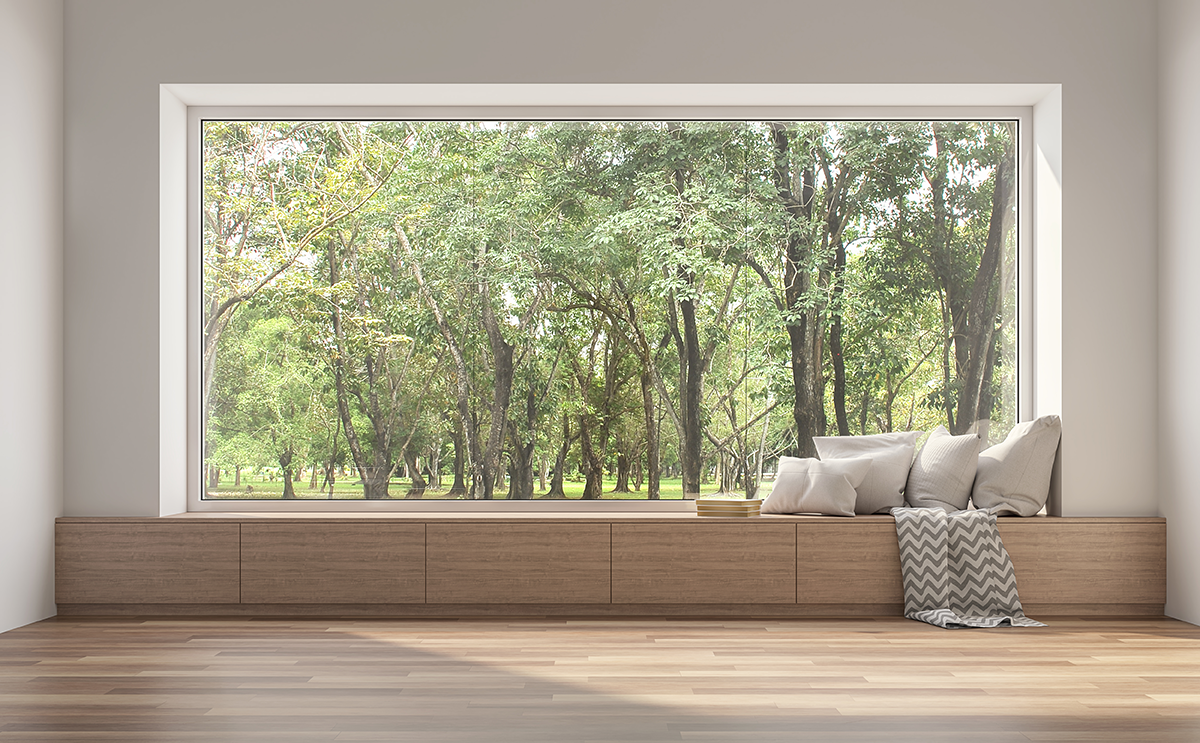
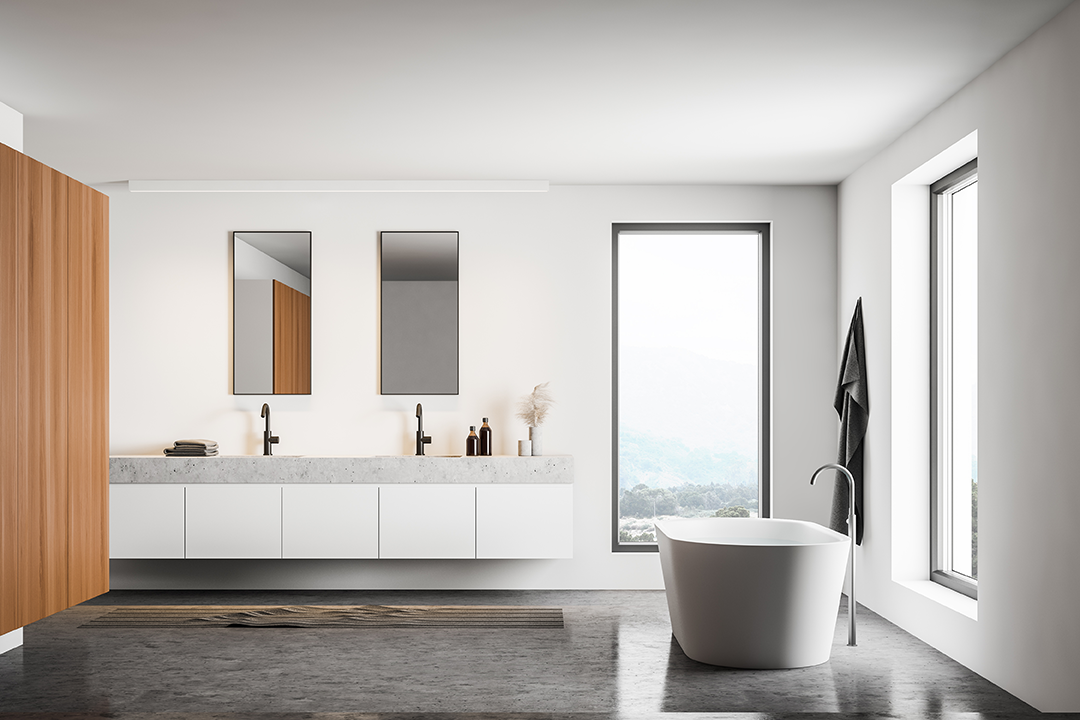
Thermal performance
Manufacturers are also looking at improving the thermal performance of window units by changing the material of their spacers to be less conductive than traditional aluminium or steel. Extruded thermal plastic spacers perform 14 percent better than a standard aluminium air spacer, and the gains in efficiency help manufacturers keep up with more stringent energy codes.
New coatings can also help windows meet code requirements. A new low-e coating can be applied to clear glass to preserve visible light transmittance while achieving a solar heat gain coefficient of .23.
Over the last five years, large buildings have become all glass and with the increase in technology, such as low-e, one doesn’t need walls as much.
Codes help drive the adoption of new technology because the more efficient technology often has a higher first cost, even if long-term it makes economic sense.
Solar-harvesting windows
Actively collecting energy from the sun through solar panels is a relatively common practice these days. They can be seen prominently covering roofs of residential homes and commercial buildings. But wouldn’t it be nice to capture the harsh afternoon sun that hits the windows in the peak of summer and use it as a power source for the property, too?
This is what scientists at Michigan State University have developed with their transparent luminescent solar concentrator. This solar harvesting system employs minute organic molecules to draw in particular non-visible wavelengths of sunlight.
Unlike other new glass technologies that have created almost the same effect in coloured glasses, this new window innovation has achieved it on clear, transparent material. This represents positive progress that there are available opportunities to maximise solar power gathering without being intrusive or without residents even knowing that it’s there, such as in skyscraper buildings with hundreds of floor-to-ceiling windows and smartphones.

Bird-friendly glass
It is believed that up to a billion birds die each year after colliding with glass. That figure includes residences, but as commercial architecture tends towards more and more shiny glass exteriors, its contribution to the problem increases.
The challenge is that birds do not perceive clear glass as a solid and think they can fly through an opening that does not exist. With reflective glass, birds see clear sky or sheltering trees and fly toward them, only to collide with the glass.
While municipalities enact bird-friendly building policies for new construction and significant renovation, strategies to reduce bird impact include adding a frit pattern to the window or adding tapes or other decals and laminates. This helps the birds but can affect the view. At specific times of the day, even glass with a visible frit pattern may lose that protection if the glass is very reflective.
According to Bird-Friendly Building Design, a guide developed by the Australian Bird Conservancy, manufacturers have been working on patterns in the UV spectrum, which would be visible to birds, but largely invisible to humans.
Innovation leads to long-term value
When evaluating options for their next window retrofit project, facility managers should keep in mind that building codes are just going to get more complex. Getting the best window assemblies possible for a facility is a means to future proofing the envelope.
By adding value to the building, one increases the thermal comfort and visual comfort of the people inside. And, as young workers are more and more evaluating their future workplace on its energy efficiency and sustainability practices, and on the comfort of the work environment, facility managers would do well to position their facilities with all the best tools at hand.






